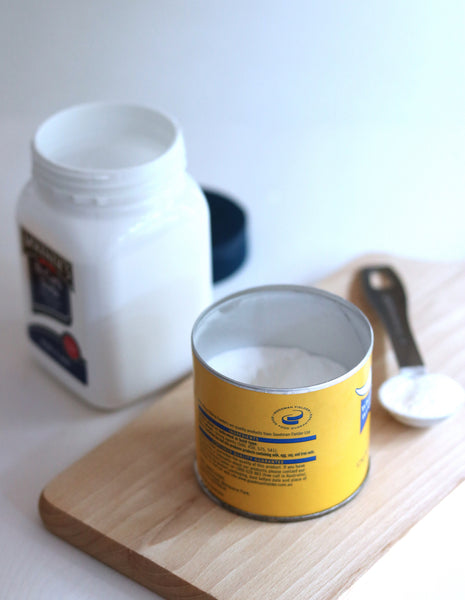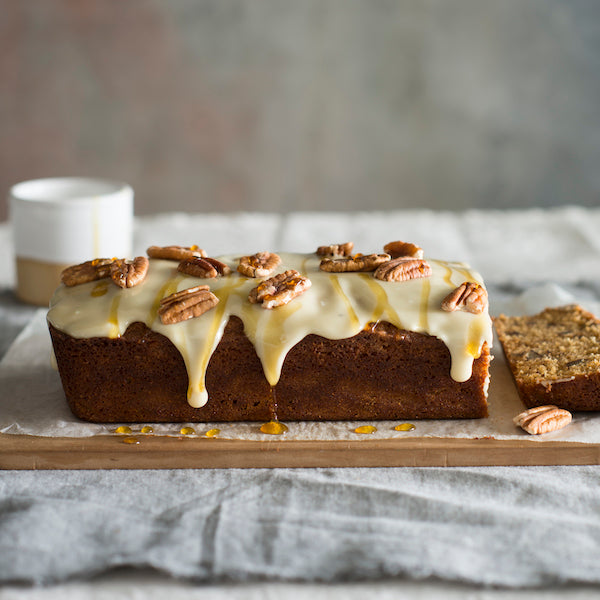BakeClub Blog

The difference between bicarbonate of soda and baking powder
Both baking powder and bicarbonate of soda are known as chemical leavening or raising agents (yeast is also a raising agent but it is a natural one) and are the most common type used in baking to aerate mixtures. Always use a dry spoon when measuring either bicarbonate of soda or baking powder to avoid activating them prematurely.
Bicarbonate of soda (also know as baking soda) is an alkaline and rapidly reacts when dissolved in a liquid and combined with an acidic ingredient, such as buttermilk, yoghurt, citrus juice and golden syrup. This breaks it down into carbon dioxide, water and sodium.The reaction is immediate and obvious – air bubbles will start to form and the mixture will become foamy (something that always amazed me as a child). It is important to get these mixtures into the oven quickly to make the most of this leavening ability.
Bicarbonate of soda also will cause mixtures to darken and develop ‘browned flavours’. This is because during baking the proteins in the flour and eggs will brown more readily in more alkaline environments, created by the addition of bicarbonate of soda.
Baking powder is generally a combination of bicarbonate of soda, a little of a moisture absorber (such as rice flour or cornflour) (to prevent it being activated, and a combination of two different powdered acids that are activated at different stages (hence why baking powder is often called ‘double-acting’). The first powdered acid is activated when it is dissolved in liquid during the mixing process and the second reacts only when exposed to high temperatures in the oven. At each of these stages when the powdered acids are activated, they react with the bicarbonate of soda base, creating bubbles of carbon dioxide without the need for an external acidic ingredient.
Baking powder is the simple difference between self-raising flour and plain flour and is used when making cakes and other baked products that require a light texture.
Baking powder also comes in handy when you want to add extra lightness to flourless cakes, like those based on ground nuts, where it can be added on its own.








